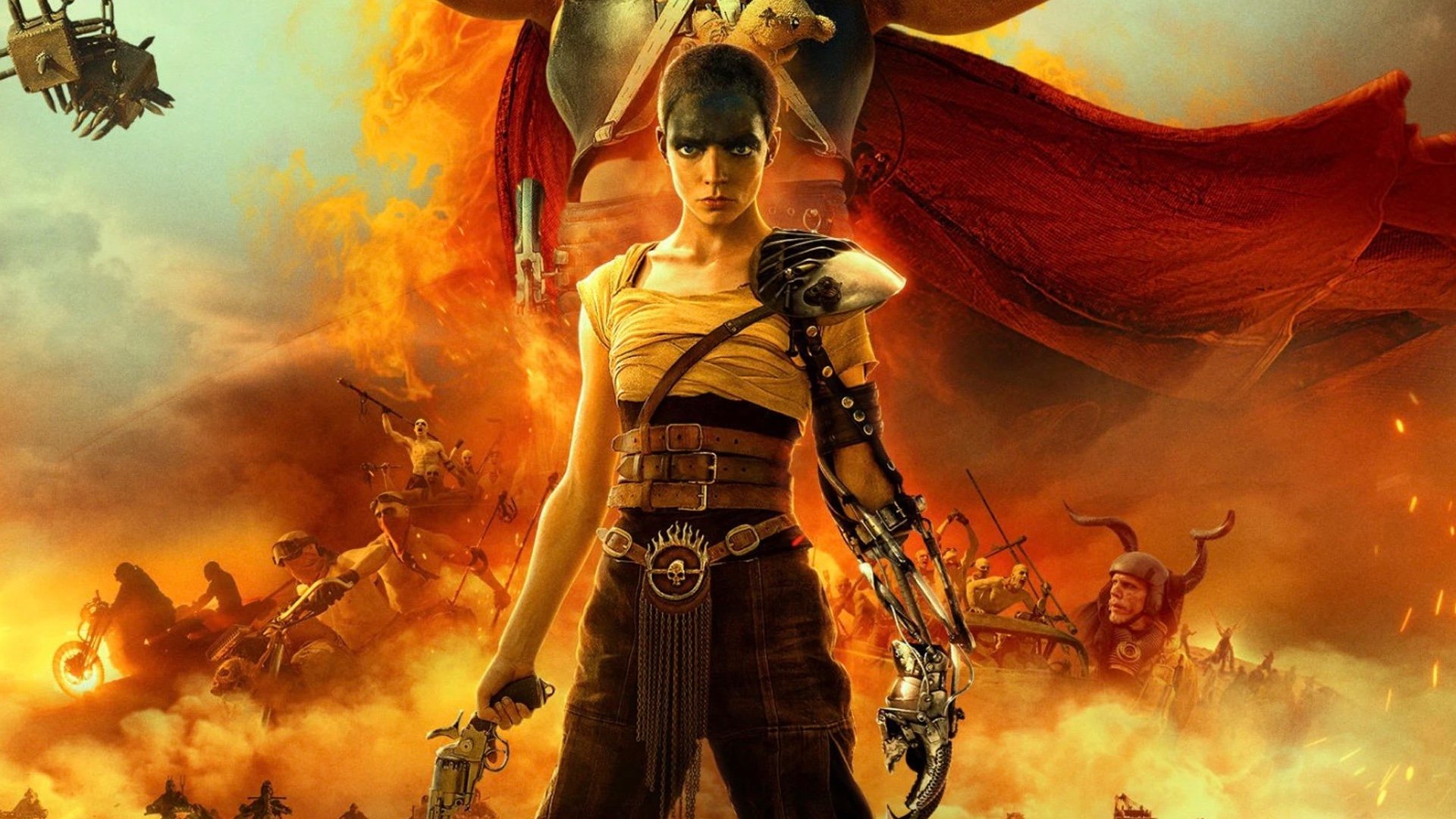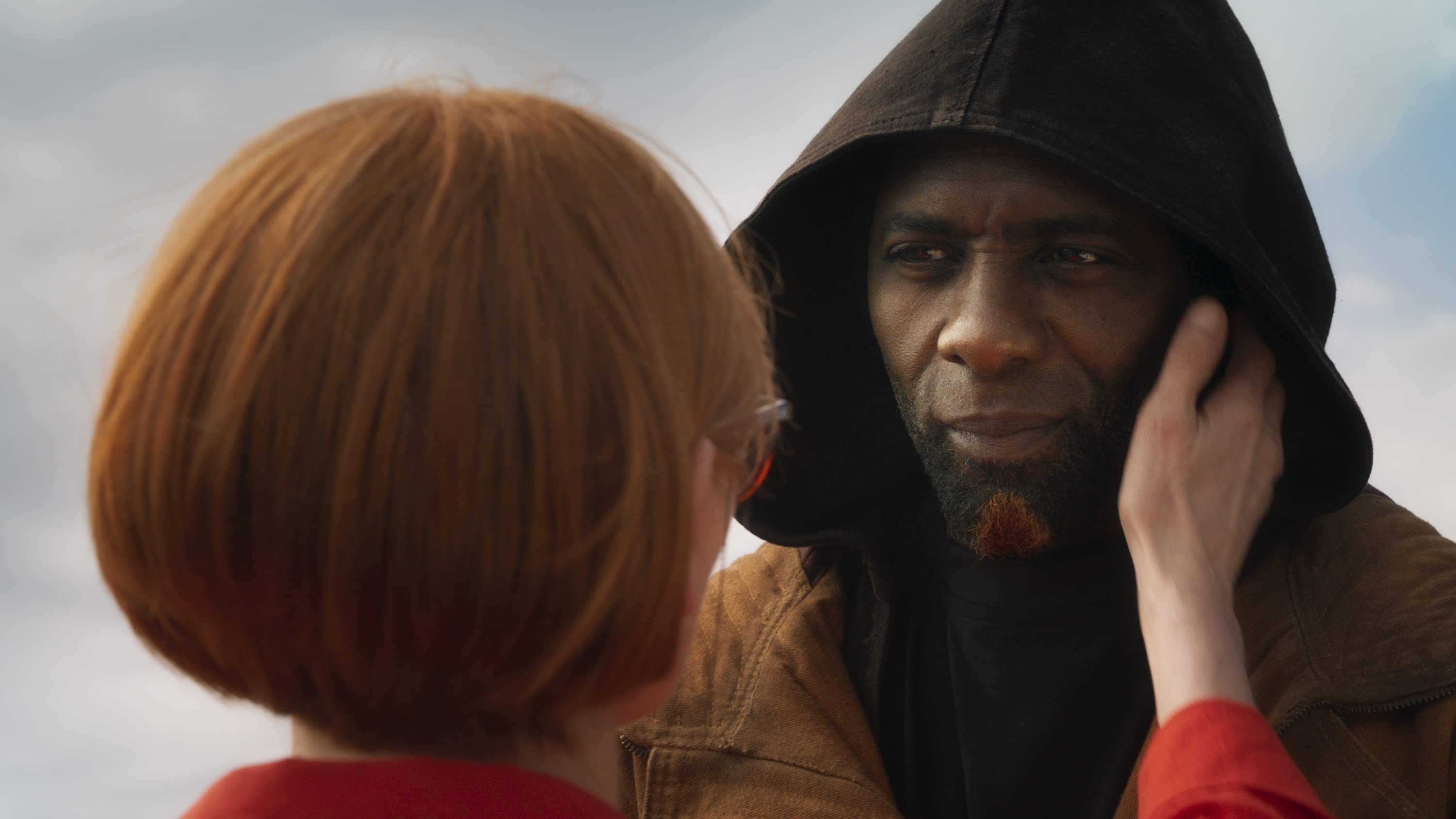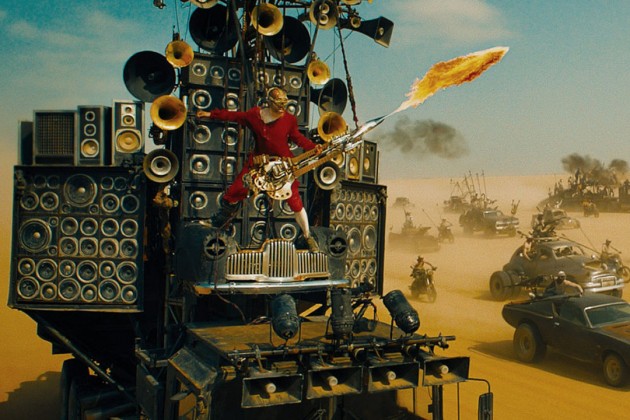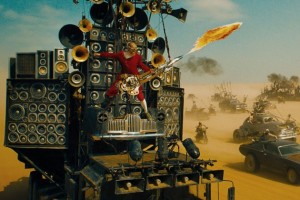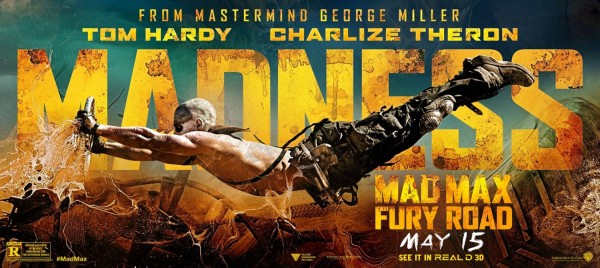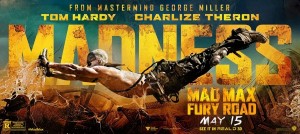Furiosa: A Mad Max Saga
Posted on May 22, 2024 at 5:51 pm
B +| Lowest Recommended Age: | Mature High Schooler |
| MPAA Rating: | Rated R for sequences of strong violence, and grisly images |
| Profanity: | Strong language |
| Alcohol/ Drugs: | Some substance use |
| Violence/ Scariness: | Constant peril and violence, torture, guns, knives, fire, characters injured and killed, disturbing, graphic, and grisly images |
| Diversity Issues: | None |
| Date Released to Theaters: | May 24, 2024 |
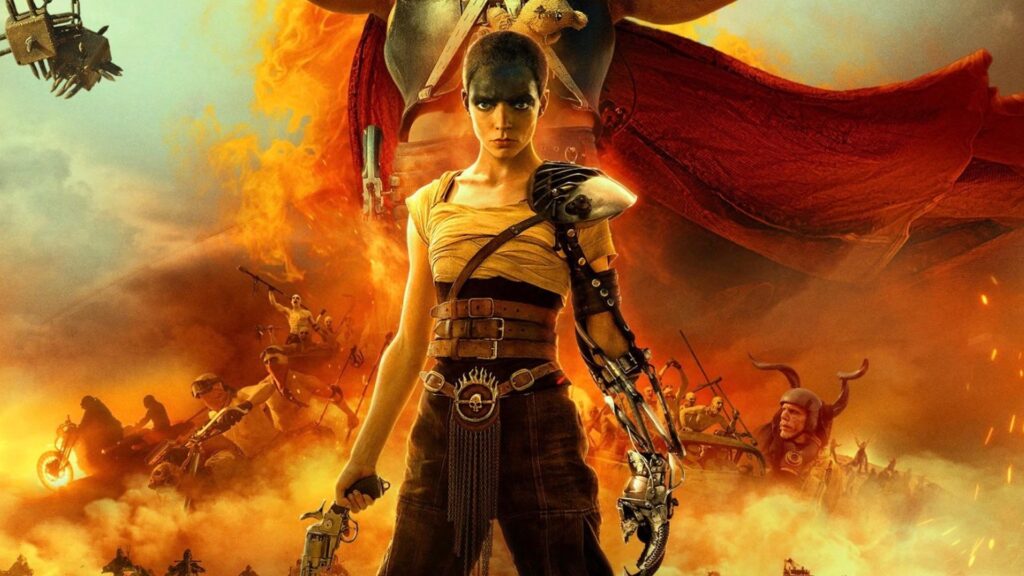
It is always a thrill to enter George Miller’s dystopian vision, now approaching the half century mark of eye-popping design and heart-in-the-throat action. The first “Mad Max” film premiered in 1979, and it was like nothing we had seen before. Mel Gibson had the title role as a cop turned warrior in a post-apocalyptic world of brutal savagery, humans almost feral, with survival the only goal. The films borrow themes from classic genres, myths, knights and chivalry, wasterns, even sci-fi, but they build on those themes like the characters build massive machines out of junk piles. This series creates something new, enthralling, terrifying, dark and disturbing cautionary tales but with a glimmer of humanity.
The fifth in the series is both sequel and prequel. “Fury Road” is a transition from the original Mad Max character, Tom Hardy taking over for Gibson, to a new character, Furiosa, played by Charlize Theron. Furiosa, with a mechanical prosthetic arm, is a warrior as fierce as her name. In “Fury Road” she is trying to rescue young women from a harem/breeding farm under the control of Immortan Joe (originally played by the late Hugh Keays-Byrne, in this chapter played by Lachy Hulme).
While the last film spanned just three days, this one tells us the story of Furiosa from childhood to what appears to be her mid-20s. We first see the young Furiosa (played by a very compelling Alyla Browne), reaching up to pick fruit from a tree and about to pick a second one for another girl, perhaps her sister. This is more than a Biblical metaphor. The tree is in a small, Edenic green space in the midst of the devastated, parched desert world we know from the earlier films. That means it must be kept secret.
Though she is very young, Furiosa knows what to do when intruders approach. She tells her companion to be invisible and she races off to cut the fuel lines of their motorbikes. The intruders grab Furiosa. Her mother chases them, on horseback the first of a series of catch-your-breath chase scenes. Eventually, Furiosa is adopted by Dementus (Chris Hemsworth), the leader of the gang that snatched her.
Dementus is a charismatic but volatile leader. He wears a billowy white parachute and has a small stuffed bear, a relic of his ruined life. He calls her his daughter and lets her hold the stuffed bear that belonged to his children. He tells Furiosa she does not have to look as he tortures her mother. But her gaze is steady.
For a movie that is always hurtling between three major outposts, with different factions battling each other for the scarce resources, gas, water, and ammunition, it takes its time getting us to Anya Taylor-Johnson as the adult Furiosa. She is an ever scarcer resource; she is healthy, and there is a moment when she is placed with the harem, with the thought that she might be able to produce a healthy baby. She escapes and finds a way to work as a mechanic and later riding shotgun on the gas tanker, driven by Praetorian Jack (Tom Burke).
This edition is more of an origin story than the others, which centered on characters who were already fully formed. There is less focus on the way that the scarcity of the resources that give weight to the stakes. But these are relatively minor points when the screen is all but exploding with intense action and mesmerizing visuals. Every detail of Miller’s world (with the help of Production Designer Colin Gibson) is intricate and meaningful. Jenny Beaven’s costumes define the characters and show us the defects and disabilities that are the result of their deprivations and depraved sensibility. The details also show us how parched the world is, not just the aridity of the desert landscape but the absence of any capacity for progress, any thought beyond what can be obtained and who can be vanquished as quickly as possible.
That means many chases, and no one is better at making us lean forward to watch than Miller. Those scenes are a lesson in timing, camera placement, and editing (by Margaret Sixel, married to Miller, and Eliot Knapman). They crackle with energy and excitement. And a scene near the end with Furiosa and Dementus is almost Shakespearean in its scope, is beautifully performed by Hemsworth and Taylor-Joy. Miller is an extraordinary film and this series continues to be powerful and provocative.
Parents should know that this is an extremely violent movie with many characters injured, tortured, and killed and many grisly and disturbing images. A child sees her mother murdered. Characters use strong language.
Family discussion: What makes Furiosa different? Do you think the story Furiosa told about what happened at the end is true?
If you like this, try; the other Mad Max movies

